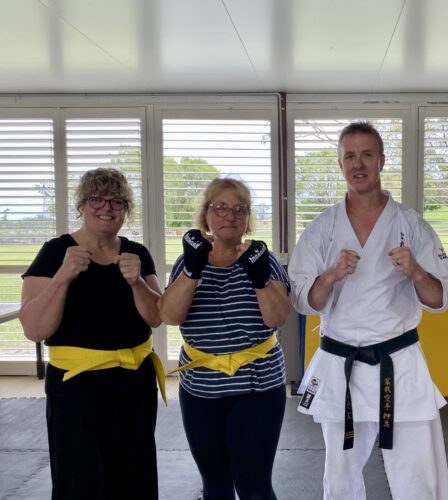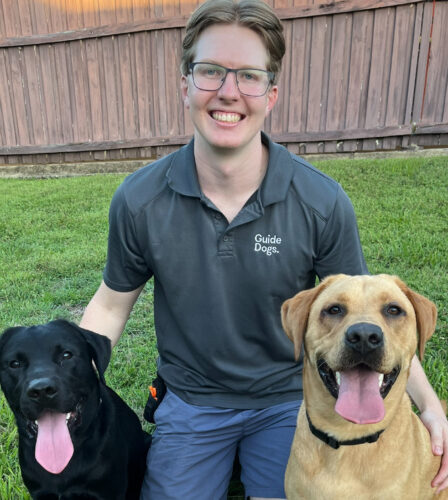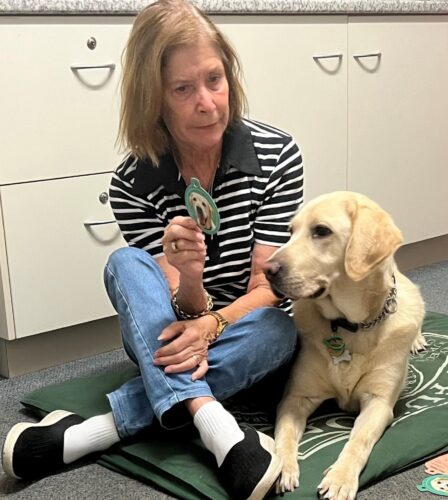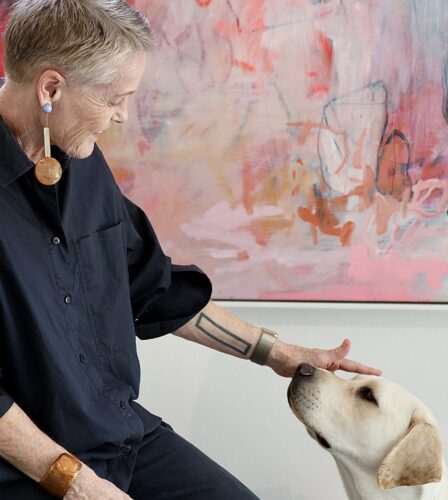News
Rodney’s Story
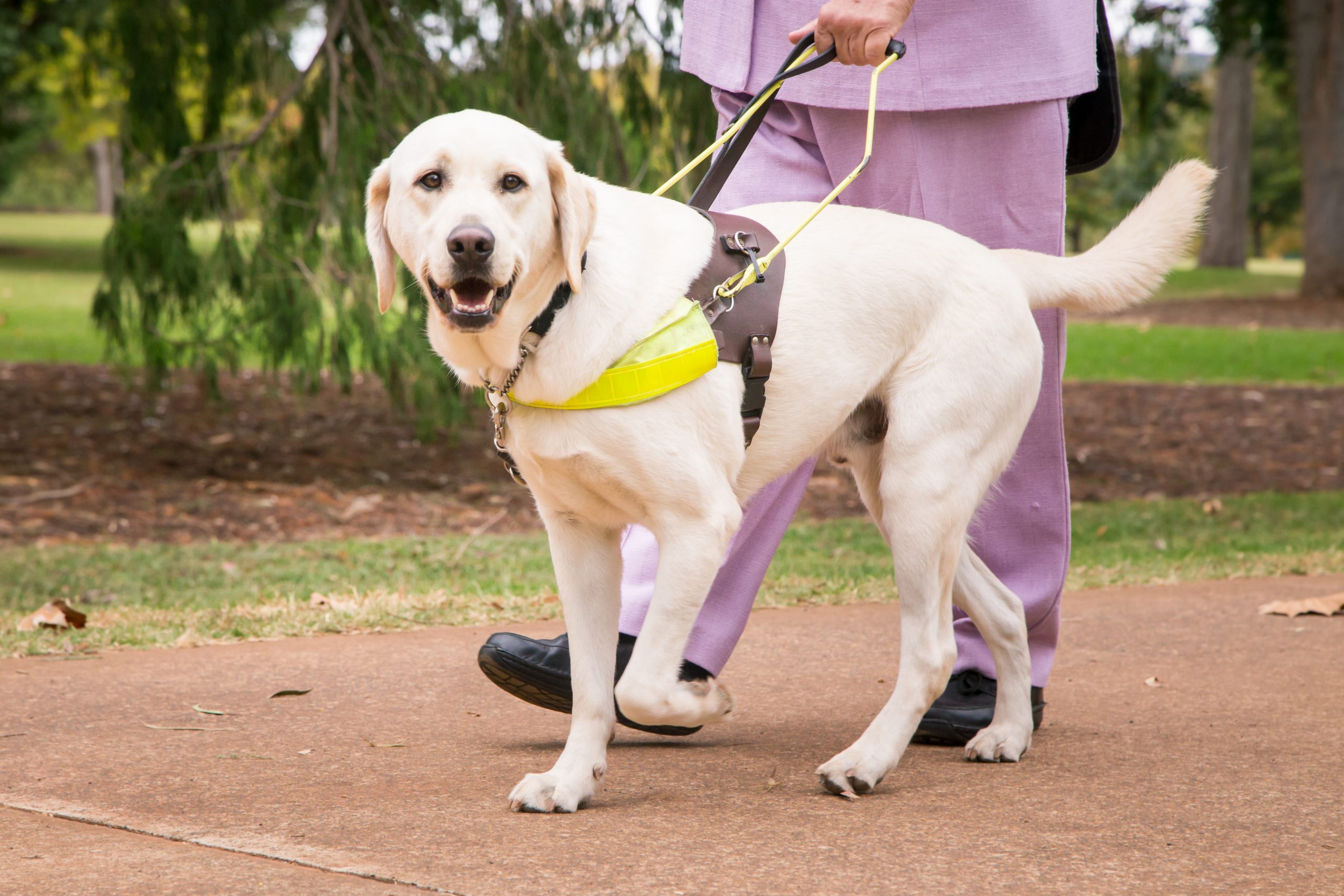
Rodney’s eye condition could have been avoided.
He, like many other Queenslanders, had Diabetes that went undiagnosed until he noticed a change in his vision.

What Rodney can see is very limited.
“I had this condition that was undiagnosed until I lost my vision. When I started losing my vision I went to the doctor and was told that I had Diabetes.
“Where I was working in a country town there weren’t really any doctors to treat me so I had to move down to Townsville for treatment,” Rodney said.
Now what Rodney can see is very limited.
“It’s like black and white contrast. Colours are not like they should be.”
Diabetic eye disease is the second most common cause of sight loss in the working age population. It has been found that almost 60% of people with Type 2 Diabetes have some degree of Retinopathy.
After treatment, Rodney was referred to Guide Dogs Queensland to be able to manage his eye condition and use the remaining sight that he had.
He quickly learnt how to use a Long Cane and adaptive technology and learnt how to navigate his environment safely.
“Living in Rockhampton, my biggest challenge is mainly getting around. There aren’t many footpaths so I’ve got to carefully plan where I’ve got to go.”
“I make it work with the help of the technology that places like Guide Dogs provide, so it’s much more manageable now.”
Sight is something we often take for granted though it can change in the blink of an eye. If you, or someone you know, is experiencing changes in vision contact us today.

